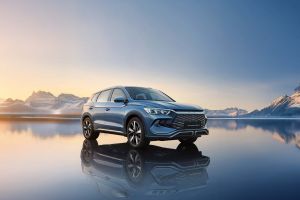
BYD brings affordable PHEV SUV to the market
BYD has added another model to its line-up in South Africa. This time it is the Sealion 5, which slots in below the larger Sealine 6, which is also available locally.
- Product News
- 15 December 2025
At the recent NADA Connect 2024 conference, attendees were treated to a jam-packed presentation by automotive retail guru, Manny de Canha.
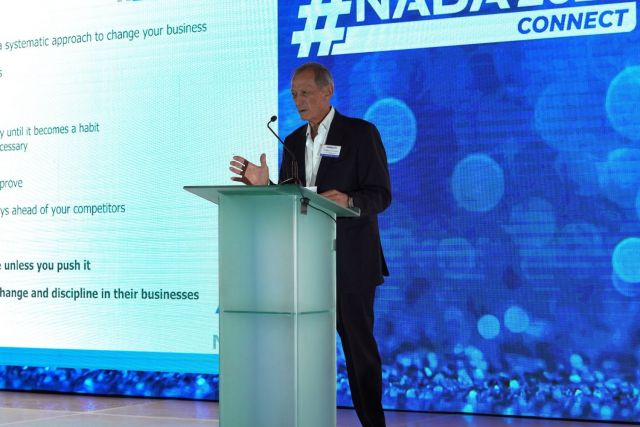
Manny is currently the Group Chairman at C2 technologies Group but rose to fame as the pioneer of the South African automotive retail landscape who successfully managed the exclusive importation and distribution of Hyundai, Renault, Kia, Mitsubishi, Tata and other brands under the Associated Motor Holdings (AMH) umbrella that made him the largest vehicle importer in the Southern hemisphere.
Part of Manny’s presentation focused on what made AMH a success and specifically its philosophy with regard to dealerships.
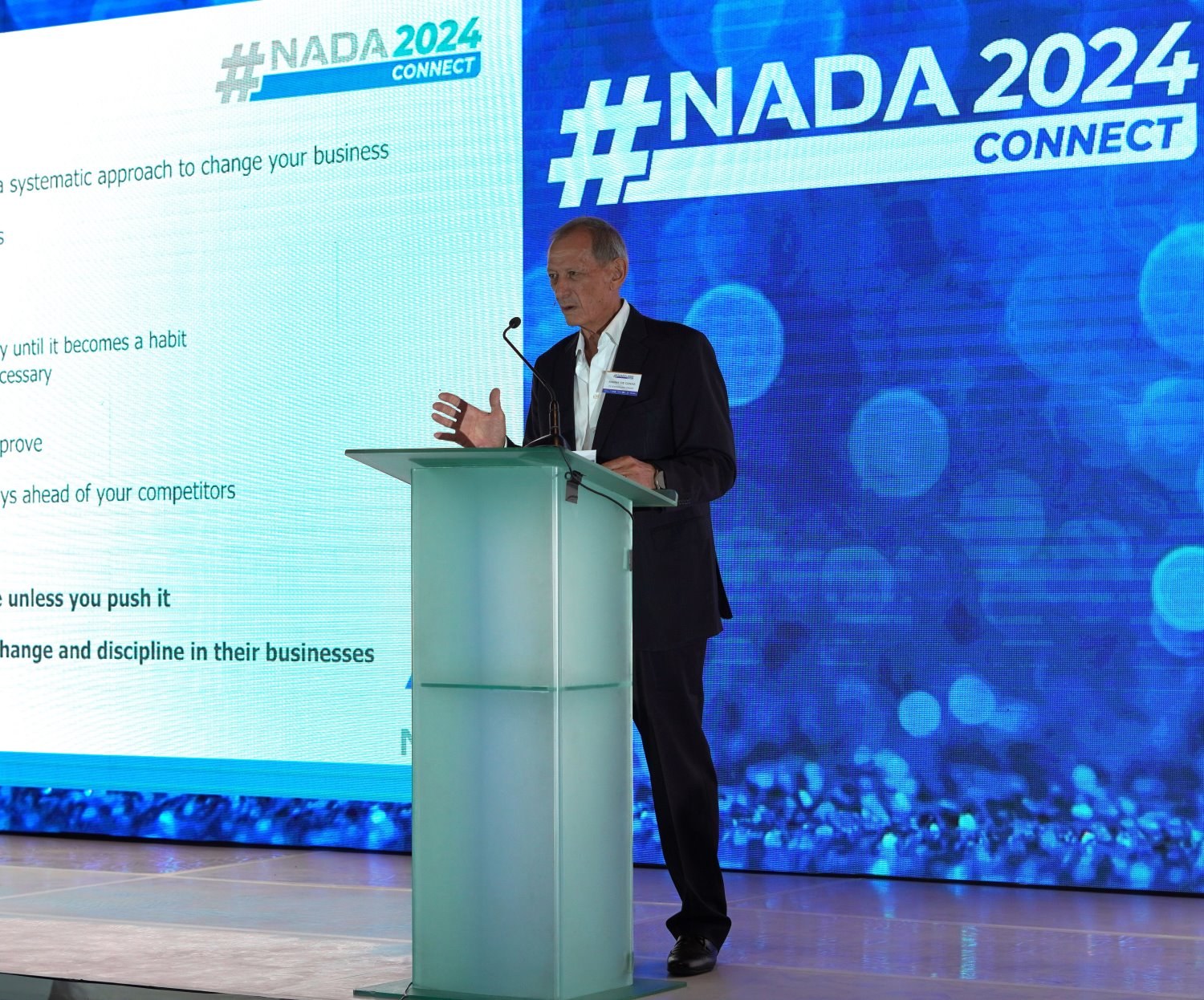
Here are a few helpful takeaways.
The Road to Sale
Manny and his team created their own ‘road to sale’ consisting of prospecting from various sources, the meet and greet between salespeople and customers, qualifying the prospect, presentation of the vehicle (always walking around from the left side and ending at the driver’s side), demonstrating, creating value in the mind of the customer, the trial close, the actual close, finance and delivery of the vehicle. Most important for Manny about this process was that each step had to be rigorously measurable and measured by each dealership and reported on back up the line. “We consistently measured all activities,” says Manny, bemoaning the fact that it seemed dealers now either don’t or do it ineffectively.
Retail and building value
Manny says he realised that customers only purchase a new vehicle every 40 months or so. They did not necessarily see the value in upgrades or new models and lost touch with the value vs the market price.
He says brand loyalty became a thing of the past and instead customers wanted value for money. Hence it is of absolute importance that the salesperson should build value in the mind of the customer. Although almost oversimplistic, salespeople were taught to do the presentation of the vehicle from the left side.
The reason for this was that if they started on the right side, the customer would immediately take position behind the steering wheel and the opportunity to build value by presenting every aspect of the vehicle from the left side would be lost. The ultimate goal was that once the customer reached the driver’s side, so much substantial value would have been built in his mind that he would be keen to take the vehicle for a test drive.
“Your customers know your competitors,” warns Manny, therefore it is important to take three competitors and compare your vehicle to theirs. Again the idea is to build value in your customer’s mind by highlighting your product’s best points versus that of your competitors. Also don’t be shy to point out your competitor’s weaknesses. This way you build value in your customer’s mind that ultimately outweigh objections to the retail price of the vehicle.
Dealership displays differentiation
This has been another integral part of the secret of AMH’s success. Price boards, balloons and colourful floors were non-negotiable with a focus on a correct way of displaying cars in so far as colours, models and prices are concerned. Weekly boot and bonnet checks were also done to ensure there were no surprises for the salesperson during the presentation. The questions Manny and his team asked were:
Dealership Pressure
The direct correlation between keeping the pressure on dealerships and sales, were proven at AMH over the years. Some of the tactics used to enforce this were regular checks, asking ‘spies’ to take photos for management, sending mystery shoppers on a regular basis, unannounced dealership visits by top management (including by Manny himself) and weekly in-house product training sessions. Manny was also a firm believer in over-stocking dealerships, saying “nothing makes you sell like stock pressure”.
Dealer rules
“We hired strong traders, gave them the liberty to trade and monitored them,” says Manny. They were encouraged by fast-start bonusses, weekly incentives and monthly bonusses on volume achievement. “Nothing encourages like putting some cash on the table,” he explains.
“There is no overnight remedy for instant success. You need a systematic approach to change your business. Typically, it takes at least 60 days from implementation to see benefits. The reason for this is that people resist change, and management must walk them through the future vision daily until it becomes a habit.
“Managers, DPs and GMs need to dictate the process when necessary and sometimes you will need ‘to use the axe’. But through dedication, nothing is impossible to improve or reverse. You must reinvent yourself so often that your business has an edge on your competitors,” he concluded.

The Big C, as cancer is sometimes referred to, is survivable, and knowledge about it plays a vital role in overcoming it.
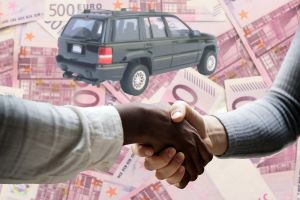
Over the past six years, South Africa has witnessed a marked rise in the monthly repayments agreed upon by vehicle buyers, with the sharpest increases seen among those financing used cars rather than new ones.
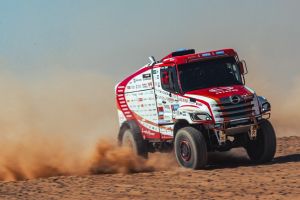
The Dakar Rally is often portrayed as a heroic clash between man, machine and an unforgiving wilderness.